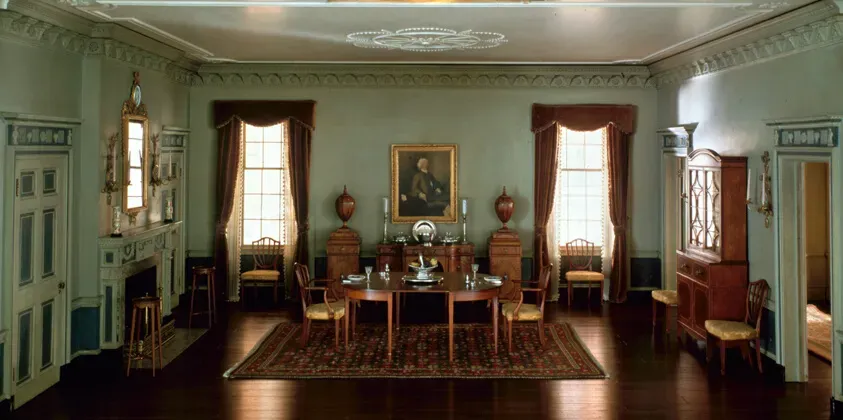Table of Contents
Let's be honest, sometimes your dining room feels less like a place for memorable meals and more like a neglected pass-through zone. It’s the room where holiday dinners happen, yes, but also where mail piles up and homework gets done. It needs something, a focal point, a splash of personality that says, "We actually eat here, and sometimes, we even host!"
Why Bother with an Accent Wall in the Dining Room?
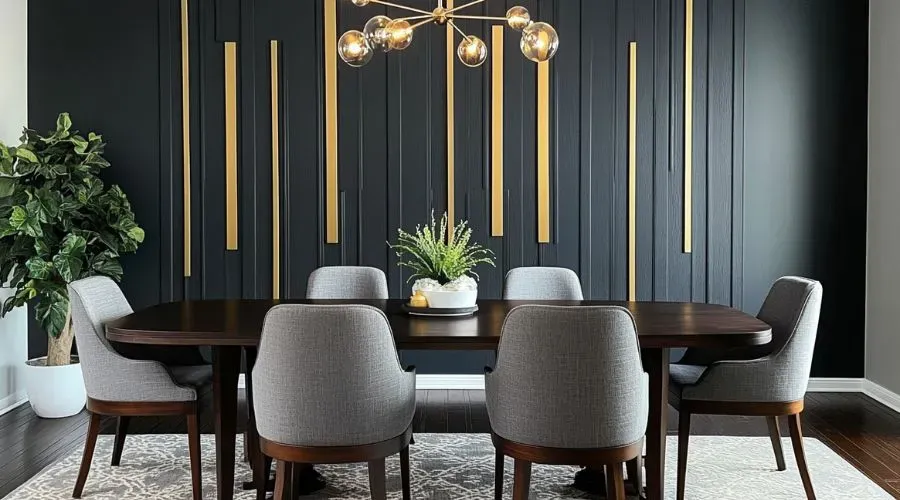
Why Bother with an Accent Wall in the Dining Room?
Break Up the Beige Brigade
Look, we've all been there. Four walls, same color, same texture. It's... fine. It doesn't offend anyone, but it doesn't exactly spark joy either. A dining room often suffers from this visual sameness. It's a box where food happens. Adding an accent wall is like giving that box a much-needed jolt of personality. It breaks the monotony, gives your eyes somewhere interesting to land, and frankly, makes the room feel less like a waiting area and more like a place you actually want to linger after the last bite of dessert.
Anchor Your Eating Zone
In open-concept homes, the dining area can sometimes feel a bit... adrift. It’s just furniture floating in a larger space. An accent wall acts as a visual anchor. It clearly defines the dining zone within the broader layout, telling everyone, "This is where we gather, this is the heart of the meal." It gives the space purpose and presence, making it feel intentional rather than just a collection of furniture shoved in a corner. Plus, it provides a fantastic backdrop for your dining table and chairs.
- Defines the dining area in open plans.
- Creates a strong visual focal point.
- Separates the dining space from adjacent rooms.
- Makes the area feel more purposeful.
Inject Some You into the Room
Your home should reflect who you are, right? The dining room accent wall is a prime spot to get a little daring with color, pattern, or texture that you might shy away from on all four walls. Love bold geometric patterns? Go for it on one wall. Obsessed with deep, moody blues? This is your chance. It’s a contained burst of your personal style, a conversation starter, something that makes visitors say, "Oh, that's *so* you." It’s less about following trends and more about finally putting your stamp on a space that often gets overlooked in the personality department.
Choosing the Right Spot for Your Dining Room Accent Wall Design
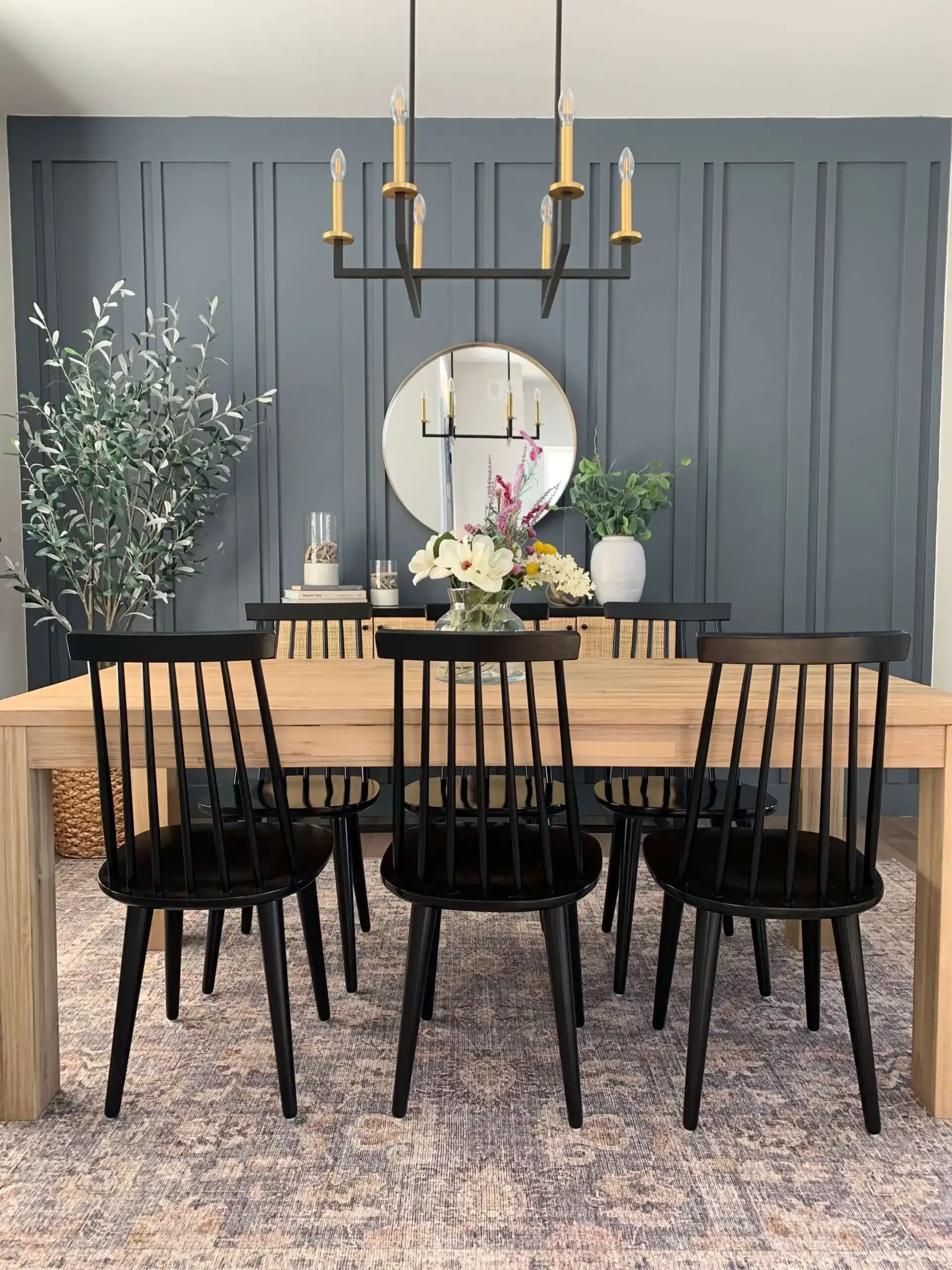
Choosing the Right Spot for Your Dining Room Accent Wall Design
Alright, so you're sold on the idea of a dining room accent wall. Great. Now comes the slightly tricky part: which wall? You can’t just pick one at random, unless you enjoy chaos or rooms that feel perpetually off-balance. The best wall is usually the one that’s immediately visible when you walk into the room or the one that serves as the backdrop for your dining table – the main event, if you will. Think about the natural flow of the space and where people's eyes tend to go first. It should feel like a deliberate choice, not an afterthought, providing a visual anchor that draws you in and highlights the function of the room.
Popular Dining Room Accent Wall Designs to Consider
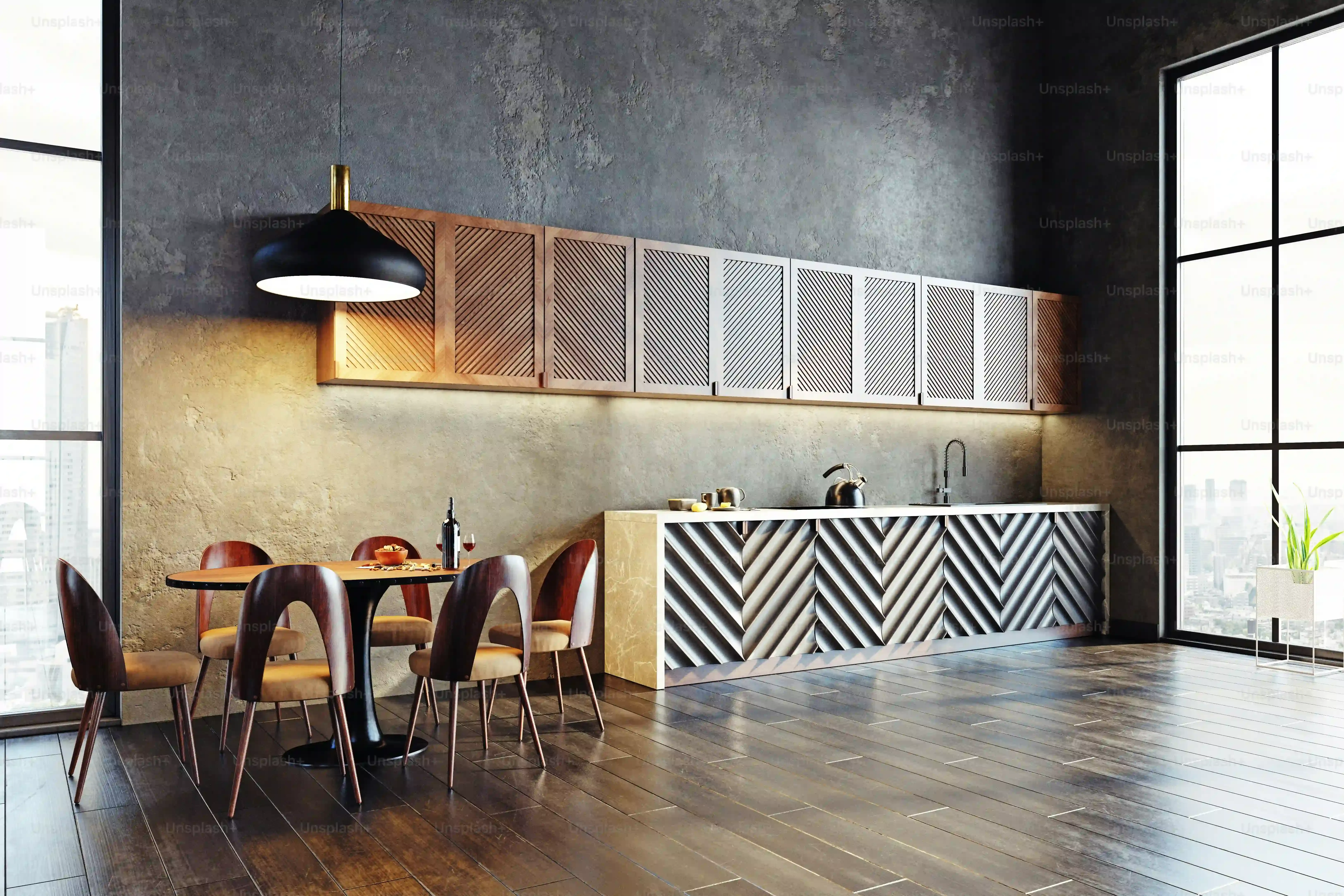
Popular Dining Room Accent Wall Designs to Consider
Bold Paint Colors or Dramatic Wallpaper
Alright, let’s talk options for yourdining room accent wall designs. The quickest, often cheapest, route is paint. But not just any paint. We’re talking a color that makes a statement. Think deep charcoals, moody forest greens, or even a vibrant jewel tone if you're feeling brave. This isn't the place for wishy-washy pastels unless your entire vibe is Parisian macaron shop. A bold color immediately adds depth and drama. If paint feels too simple, wallpaper is your friend. Modern wallpapers aren't your grandma's floral nightmares; they come in incredible geometric patterns, subtle textures, or even faux finishes. Wallpaper requires a bit more commitment and effort than paint, sure, but the visual impact can be massive. It adds pattern and personality in a way paint often can't match.
Textural Treatments Like Wood Panels or Brick
Beyond color and pattern, consider texture for your dining room accent wall designs. This is where things get tactile and interesting. Wood panels, whether shiplap, reclaimed barn wood, or a sleek modern slat design, bring warmth and a touch of nature indoors. A dark shiplap wall behind a light-colored dining set? Chef's kiss. Another classic texture move is faux brick or stone veneer. This adds an urban loft or rustic farmhouse feel instantly. It’s significantly lighter and easier to install than real brick. These textural options add a layer of sophistication and visual weight that a flat painted wall simply can't achieve. They provide a rich backdrop that makes everything in front of them – your art, your furniture, even your family – stand out a little more.
So, which path calls to you?
- Bold Paint: Fast, budget-friendly, high impact.
- Wallpaper: Endless patterns, textures, requires more skill.
- Wood Panels: Warmth, texture, classic or modern styles.
- Faux Brick/Stone: Urban or rustic feel, adds significant texture.
Making Your Dining Room Accent Wall Design Pop
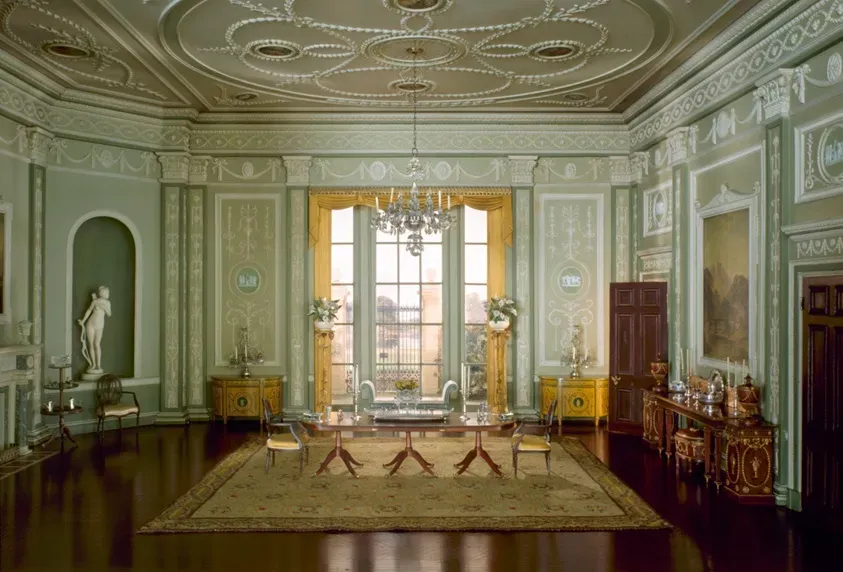
Making Your Dining Room Accent Wall Design Pop
Lighting is Everything
you've chosen your killerdining room accent wall design– maybe it's that deep green paint or some cool textured panels. Don't let it fade into the background! Lighting is your secret weapon here. A poorly lit accent wall is like buying a fancy painting and hanging it in a dark closet. You need to highlight it. Think about directional lighting – spotlights from the ceiling aimed directly at the wall, or perhaps wall sconces that cast interesting shadows if your texture allows. Even positioning your dining table chandelier correctly can help draw the eye to the wall behind it. Good lighting doesn't just illuminate; it creates mood and ensures your design gets the attention it deserves, especially during evening meals.
Strategic Furniture Placement
Once the wall is looking sharp, consider what goes in front of it. You don't want to cover up your masterpiece with a giant hutch unless that hutch is part of the intended display. The accent wall should serve as a backdrop, not a competitor. Position your dining table and chairs so they are centered or nicely framed by the wall. If you have a sideboard or console table, place it against the accent wall, but keep it relatively low profile so the wall design remains prominent above it. Art can work too, but choose pieces that complement, rather than dominate, the wall's design. A few carefully selected pieces are better than a cluttered gallery wall that fights for attention.
- Use directional lighting to highlight texture or color.
- Ensure wall sconces complement the design.
- Position the dining table to be framed by the accent wall.
- Choose furniture that acts as a foreground, not an obstruction.
- Select art that enhances the wall, not competes with it.
Accessorize with Intention
Making yourdining room accent wall designtruly pop involves the final layer: accessories. This isn't about throwing random stuff at the wall or the furniture in front of it. It's about thoughtful choices that tie the accent wall into the rest of the room. Pull colors from the accent wall into your table settings, throw pillows on nearby seating, or even the rug under the table. If your wall is textured, balance it with smoother elements elsewhere. If it's a bold color, use more neutral tones in other areas to let the wall be the star. The goal is cohesion – the accent wall should feel like a natural, albeit dramatic, part of the overall dining room story, not a random design experiment that landed awkwardly.
Wrap Up: Making Your Mark
So there you have it. Choosing one wall in your dining room and giving it some serious attention with a well-executed accent design isn't just about slapping on some paint or wallpaper. It's about making a deliberate choice to define the space, add visual interest, and maybe even spark a few conversations over dessert. Done right, it transforms a functional area into a room with character and purpose, proving that sometimes, focusing your energy on a single point can have the biggest impact.
